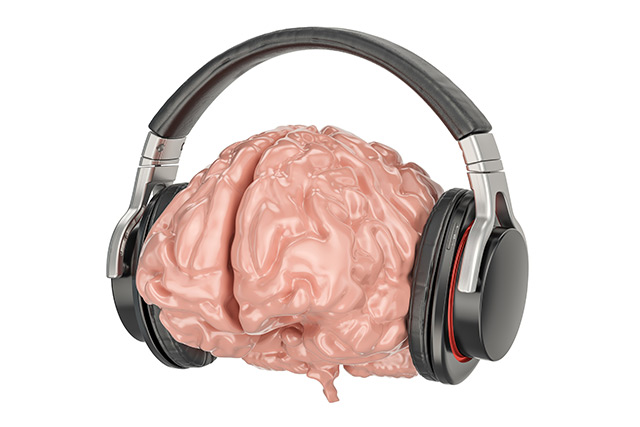
The study "Auditory Sensitivity and Decision Criteria Oscillate at Different Frequencies Separately for the Two Ears" provides new evidence that prove oscillations in auditory perception for the first time. The report is a collaboration between Professor David Alais, Johahn Leung and Tam Ho of the schools of Psychology and Medical Sciences of the University of Sydney, Professor David Burr from the Department of Neuroscience of the University of Florence and Professor Maria Concetta Morrone of the Department of Translational Medicine of the University of Pisa.
The study presents three key findings, as reported in the website Science Daily:
- Auditory perception oscillates over time and peak perception alternates between the ears – which is important for locating events in the environment;
- Auditory decision-making also oscillates; and
- Oscillations are a general feature of perception, not specific to vision.
Researchers used a bilateral pitch-identification task to evaluate any fluctuations in rhythm while the ears were perceiving a sound and used the signal detection theory (SDT) to test for oscillations of both sensitivity and determination of sound. The researchers were then able to observe the cycles that occurred at rates of about six per second (called the theta range) for sensitivity and around eight per second (called the low alpha range) for decision-making capabilities. This differs greatly from brain oscillations, which is recorded to occur at around 100 times per second. Researchers also discovered that oscillation varies between the two ears. One ear will achieve peak oscillation first which will then be followed by the other. This means that our bodies do not use two ears to focus at the same time, but rather it uses one ear to perceive a sound then follows up this process with the other ear. The oscillations happen rapidly that an average human being is unaware that this process is even taking place in his body.
There are many theories that would explain the reason for this phenomena, but for this study, the researchers posited that their observations bolster the concept of attention being defined as the process wherein your brain samples neural activity at an increased rate. This means that when a person pays attention to a sound, it's not that he has a constant focusing on that sound, but it's his brain picking up the sound through oscillations at a rapid pace.
With the results of the study, renewed attention is now placed on our perception of touch and how these developments in neural oscillations in aural perception would reveal new depths in the way people understand something when they touch or come into contact with an object. This brings the concept of a strobing brain into the fore: that when we use a situation, or a scene, we do not view it as one whole and equal concept but focus on specific items in order to process it.
One thing remains clear, though: We view the world around us not as a constant picture but in waves of information --- one sound at a time. (Related: Here's a good tip for taking care of your ears, ladies.)
To get more updates of how your body works, and how to take care of it, go to HealthFreedom.news.
Sources include:
Please contact us for more information.


















